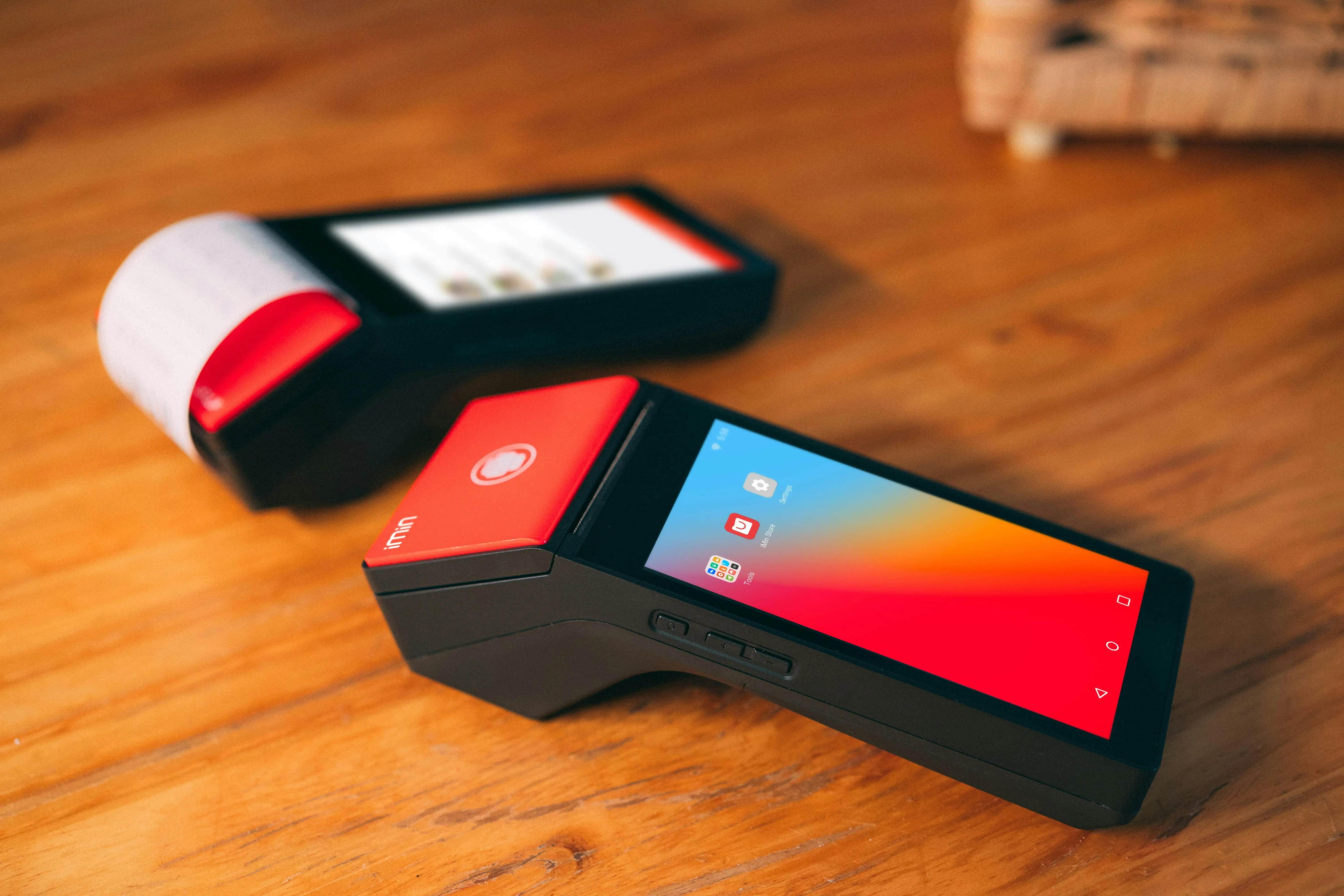
How did Blissim develop its omnichannel strategy?

A true French success story, Blissim (formerly Birchbox) was one of the pioneering brands on the subscription box market in the early 2010s. In 11 years, the company has grown and was bought out by its American competitor before becoming independent in 2020. But above all, it has been able to perfectly combine its online pure player DNA with relevant offline development to consolidate its growth. This is the story of a well-managed omnichannel strategy.
Blissim, a pure player in the cosmetics world
Launched in 2011 by Mathilde Lacombe, the brand, then called Joliebox, is based on a simple concept: to introduce travel-sized beauty products in a low-cost monthly box. The boxes are available by subscription, only on sale online. The concept, discovered in the USA by the founder, was an immediate success in France and then in Europe. On the strength of this success, the company decided the pure player soon launched its own e-commerce site JolieBox is now able to offer its subscribers the opportunity to buy products discovered in the classic box format and to access a rich catalogue of several thousand references. In 2013, JolieBox merged with its American competitor - and model - Birchbox.
The Birchbox boxes have the particularity of being entirely personalised Each customer provides information about her age, skin, needs and habits and receives a selection of products chosen for her. The product and editorial content of the box is designed to create a unique experience, a "wow effect". This was already part of the brand's strategy at the outset - at the time it was only online - which sets it apart from its competitors.
Omnichannel rollout: the first Blissim shop
In 2014, one year after the acquisition of JolieBox, Birchbox opened its first shop in the heart of New York. It was only 3 years later, in 2017, that the omnichannel strategy reached France: the first shop opened in Paris. The brand had already tested different offline presence formats: ephemeral pop-ups, corners at Le Bon Marché, etc.
By opening its first outlet, Blissim (then Birchbox) wanted to take the concept further and offer its customers a seamless experience around the world of beauty. The shop enabled the company to attract new customers by allowing them to test the Blissim experience before committing to a box subscription, but also to serve as a laboratory for testing new products and introducing subscribers to new brands. The opening of a physical point of sale The launch of Blissim's new website has enabled the pure player to expand its catalogue by integrating big names in cosmetics that are difficult to access through pure online sales.
In the shop, the brand has recreated a "wow" experience: a warm scenography, an organisation of the shelves by universe and not by brand, favourite selections and the highlighting of customer opinions are all ways of embodying Blissim's expertise. The shop has not forgotten its origins, however, as it offers a specific corner where customers can create their own personalised box by choosing 5 miniatures from among 15 on offer: the personalisation is no longer done by Blissim but directly by the customer, who then makes the experience her own.
From the very first day, the store was a huge success, with over 1,500 visitors. This success has continued ever since. For the company, this implementation of its omnichannel strategy has enabled it to consolidate its relationship with its customers/community and offer new services not available on the web, while continuing to enrich its customer experience.
Phygital as a pillar of an enriched omnichannel customer experience
Blissim's role in phygital is to combine online and offline. Opening a shop was a way for the brand to create the missing link for customers who are now looking to buy a seamless experience between online and physical commerce .
To make this omnichannelity a reality, the boutique naturally uses technology. Data, which is at the heart of Blissim's historical business model, is also central to the operation of the boutique: advisors can identify customers and thus access their purchase history and their position in the CRM programme in order to better advise them. Conversely, the data recorded in the shop feeds the customer data, which allows customers, for example, to find their boutique purchases in their online space, to receive even more personalised advice or to avoid receiving a duplicate product in their next box. Connected shopping feeds the Blissim concept: hyper-personalisation.
Phygital, which has become "smart", is thus a real pillar of the company's omnichannel approach. It does not simply consist of multiplying the contact channels, but of creating an ecosystem that feeds on them to offer an increasingly unified experience, but above all unique, to customers.
The art of implementing an omnichannel strategy
This has been the case for some years now, Customers are looking for more meaning and value in their purchases. They expect to have real experiences when they choose and trust a brand, but do not tolerate a break between the relationship created online and in-store: the omnichannel journey must be fluid or not. More than an alliance, the connection between online and offline is therefore essential.
To meet these expectations, the company itself must be organised to easily deploy new sales channels and offer unified data. As the customer experience and the product experience are intimately linked, product information management is one of the pillars of a successful omnichannel strategy. It must be available, reliable, consistent and differentiating across the different sales channels. This is even more complex when the media are both on and offline.
As part of this strategy, the PIM has a key role to play in this strategy, as it simplifies omnichannel deployment. Open up new channels, conquer new markets or launch new products are all made possible in just a few clicks thanks to the implementation of PIM within the company. An essential step for any e-tailer who, like Blissim, wants to create a re-enchanted omnichannel experience.
Conclusion
At a time when e-commerce seemed to be threatening physical stores, Blissim, a pure player par excellence, has chosen to conquer the phygital. While choosing omnichannel has become a must, opening a physical boutique while operating on the web remains a bold choice. In the case of Blissim, the strategy of hyper-personalization and the coherence between the online and in-store experience have ensured the success of an ambitious roll-out. Bringing value to customers while generating profit - financial and otherwise - for the brand, that's the objective of a well-executed omnichannel strategy. And it's also the goal of PIM, making it an essential ally in a simplified omnichannel approach.
Blissim, which has become a phygital player, has banked on omnicanality to offer a seamless customer experience between online and offline. PIM is at the heart of this strategy: it ensures the availability, reliability and consistency of product data across all channels, whether website, app, marketplaces or physical store.
This consistency helps reinforce perceived value, customer commitment and brand awareness. Opening a store (after a strong digital presence) is a bold choice: at Blissim, it helped generate traffic, encourage customer feedback and offer a hyper-personalized experience.
In conclusion, mastering product information thanks to PIM is an essential pillar for any brand wishing to deploy a high-performance, differentiating omnichannel strategy.







_Leader_Mid-Market_Leader.svg)

_MomentumLeader_Leader.svg)

_BestResults_Enterprise_Total.svg)
_EasiestToUse_Enterprise_EaseOfUse.svg)
_UsersMostLikelyToRecommend_Enterprise_Nps.svg)






